Growing Focus on Safety Standards
The Composite Cylinder Market is influenced by an increasing emphasis on safety standards across various sectors. Regulatory bodies are implementing stringent guidelines to ensure the safe use of composite materials, particularly in high-pressure applications. This focus on safety is likely to drive innovation and investment in the development of composite cylinders that meet or exceed these standards. As industries prioritize safety in their operations, the demand for compliant composite cylinders is expected to rise, thereby positively impacting the Composite Cylinder Market.
Rising Adoption in Renewable Energy
The Composite Cylinder Market is poised for growth due to the rising adoption of renewable energy solutions. Composite cylinders are essential in storing gases such as hydrogen, which is gaining traction as a clean energy source. The market for hydrogen storage solutions is expected to expand significantly, with estimates suggesting a growth rate of around 8.5% annually. This increasing focus on sustainable energy storage options is likely to bolster the demand for composite cylinders, as they offer superior performance characteristics, including high strength-to-weight ratios and resistance to corrosion, making them ideal for renewable energy applications.
Technological Innovations in Manufacturing
Technological advancements in manufacturing processes are transforming the Composite Cylinder Market. Innovations such as automated fiber placement and advanced resin infusion techniques are enhancing the efficiency and quality of composite cylinder production. These technologies not only reduce production costs but also improve the performance characteristics of the cylinders, making them more appealing to various industries. As manufacturers adopt these cutting-edge technologies, the Composite Cylinder Market is expected to benefit from increased production capabilities and a broader range of applications, further driving market growth.
Increasing Demand for Lightweight Solutions
The Composite Cylinder Market is experiencing a notable surge in demand for lightweight solutions across various sectors, including automotive, aerospace, and energy. As industries strive to enhance fuel efficiency and reduce emissions, composite cylinders, which are significantly lighter than traditional metal alternatives, are becoming increasingly attractive. For instance, the automotive sector is projected to witness a compound annual growth rate of approximately 5.2% in the adoption of composite materials. This trend is likely to drive the Composite Cylinder Market as manufacturers seek to innovate and meet the evolving needs of consumers and regulatory bodies alike.
Expansion of Applications in Diverse Industries
The Composite Cylinder Market is witnessing an expansion of applications across diverse industries, including automotive, aerospace, and industrial gas storage. The versatility of composite materials allows for their use in a wide range of products, from high-performance automotive components to lightweight aerospace structures. This diversification is likely to create new opportunities for growth within the Composite Cylinder Market, as manufacturers explore innovative applications and solutions tailored to specific industry needs. As a result, the market is expected to experience robust growth driven by this broadening scope of applications.


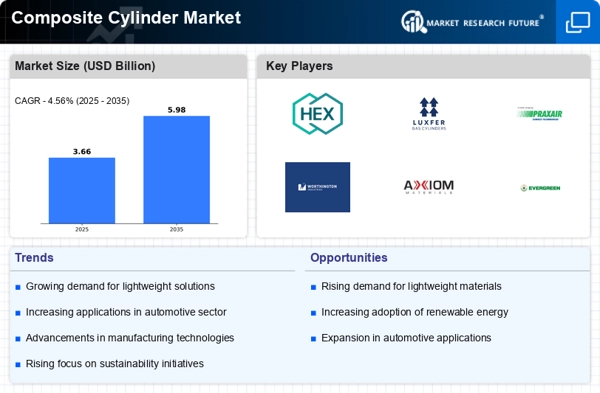
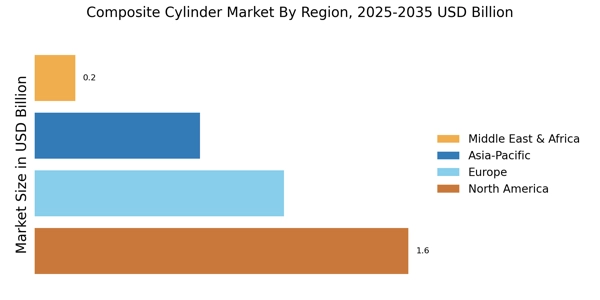
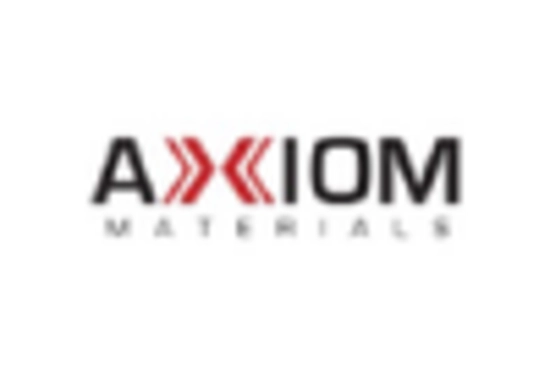

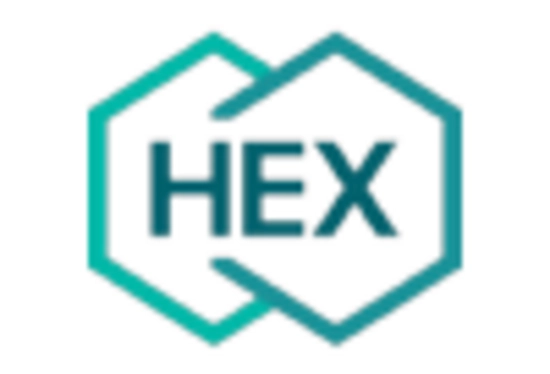
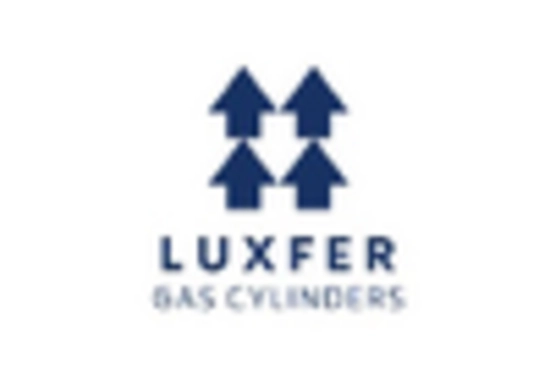
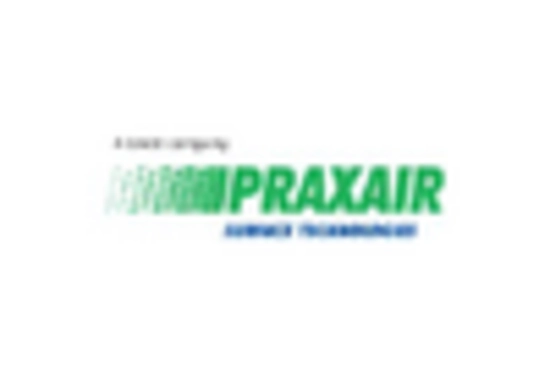
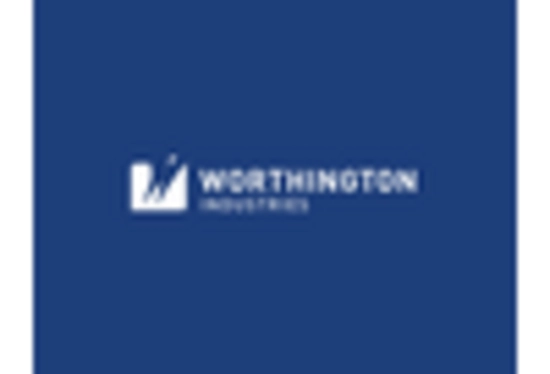








Leave a Comment